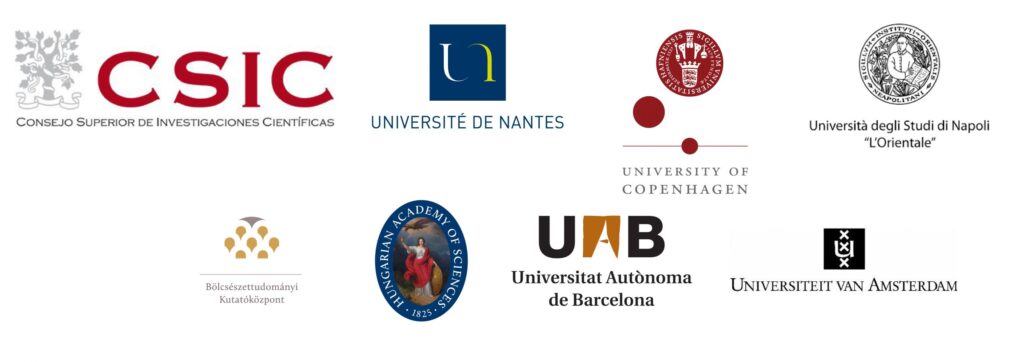Exhibitions
The exhibitions are an integral part of our project and are presented in a range of locations across Europe and the Middle East. They trace the history of the Qur’an at the intersection of the Islamic world and Christian Europe, from the 9th century to the present day.
While all of our exhibitions share a common core narrative, each one is carefully adapted to its local context, audience, and cultural setting. They highlight the many different ways in which the Qur’an has been read, interpreted, and used in both Islamic and Christian traditions.
A key contrast is drawn between the Muslim experience of the Qur’an—through recitation, calligraphy, and illuminated manuscripts—and the Christian approach, which often treated the Qur’an as a written text to be analyzed, debated, and translated.
A central focus of the exhibitions is the translation and printing of the Qur’an in Europe: how and why it was rendered into Latin and European vernaculars, used as a tool for learning Arabic, and employed in theological and political argument—frequently polemical, but at times also marked by genuine interest, curiosity, and even admiration.
The exhibitions also explore the continuing presence and significance of the Qur’an in contemporary Europe—for Muslims, Christians, Jews, and others. Through modern art, calligraphy, and recitation, they reflect on the Qur’an’s place in today’s pluralistic societies.
Ultimately, the exhibitions demonstrate that the Qur’an—and by extension, Islam—has long had a place in the intellectual, cultural, and religious history of Christian Europe. This presence has often taken the form of confrontation or differentiation, but also of intellectual dialogue, aesthetic appreciation, and spiritual exchange.





